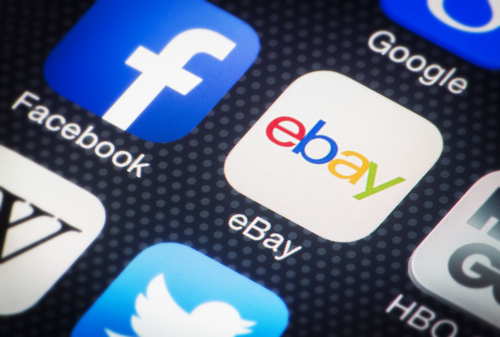Donahoe: EBay Must Continue To Disrupt Itself

Outgoing eBay CEO John Donahoe won’t be running the company after it splits off PayPal later this year, but that change is characteristic of what he sees coming for both e-commerce and payments: They’re blurring and splitting apart, Donahoe said in an interview for PwC’s 2015 CEO Survey.
“The line between e-commerce and retail, online and offline, is blurring,” Donahoe said. “Mobile technologies are causing that to blur, so, for us, we just see a much larger addressable market as digital technologies enable consumers to shop and pay in new ways at home, at work, and in the physical world.”
But with that opportunity comes volatility, as well as issues involving cybersecurity, privacy and other societal issues. “We don’t always have legal systems and processes and norms among citizens that are established,” Donahoe said. “So I think we’re going to have some periods of at least discernment, if not bumpiness, over the next three to five years on those fronts.”
To get through that bumpiness, eBay splits its resources for innovation three ways: 70 percent for incremental improvements to its core business, another 20 percent on expansions like the acquisition of StubHub, and the final 10 percent on “the more greenfield innovation, the ones that you say, ‘I’m not sure if it’s going to work or it’s not, but we’re going to drive and give it a try,'” Donahoe said. “And one’s not better than the other. You’ve just got to be clear. How you approach each differs dramatically, and how you measure success in each differs dramatically.”
Donahoe will be leaving eBay’s board as well as the CEO’s chair after the split, but serving on the board of the newly independent PayPal, which was unsuccessful in its effort to disrupt in-store payments with its PayPal Here point-of-sale approach.
But Donahoe appears undaunted by that failure. “When you think of the world of physical retail, there hasn’t been a tremendous amount of change in the last 20 or 30 years,” he said. “The core experience is very much the same, and similarly, how you pay in the physical world, by swiping your credit card or paying with cash is also the same.”
But over the next five years, customers at retailers like Nordstrom and Rebecca Minkoff will find touchscreen mirrors in dressing rooms that will let them try on clothing, then “use the touchscreen to order a different size to be brought in for them, order a shirt that matches, or get suggestions and recommendations based on the visual identity from the mirror seeing what the merchandise is,” Donahoe said. “Similarly, they’ll be able to shop for accessories. And they’ll be able to check out from the dressing room.”
He added, “Our challenge is that we need to continue disrupting ourselves before someone disrupts us. The competition that I worry most about in many cases hasn’t been created yet. It’s a new company, a new technology, a new business model that looks at this blurring between online and offline, looks at this enormous opportunity where technology can enhance a consumer’s experience of buying and paying, and then come up with something new.”
